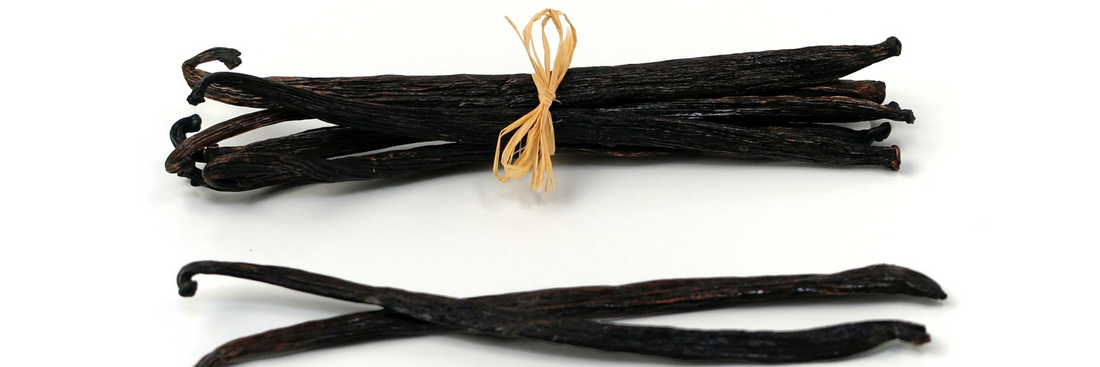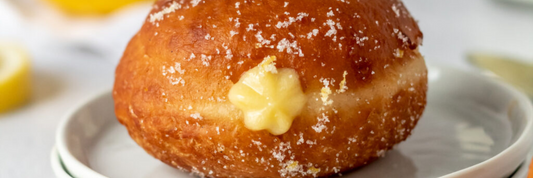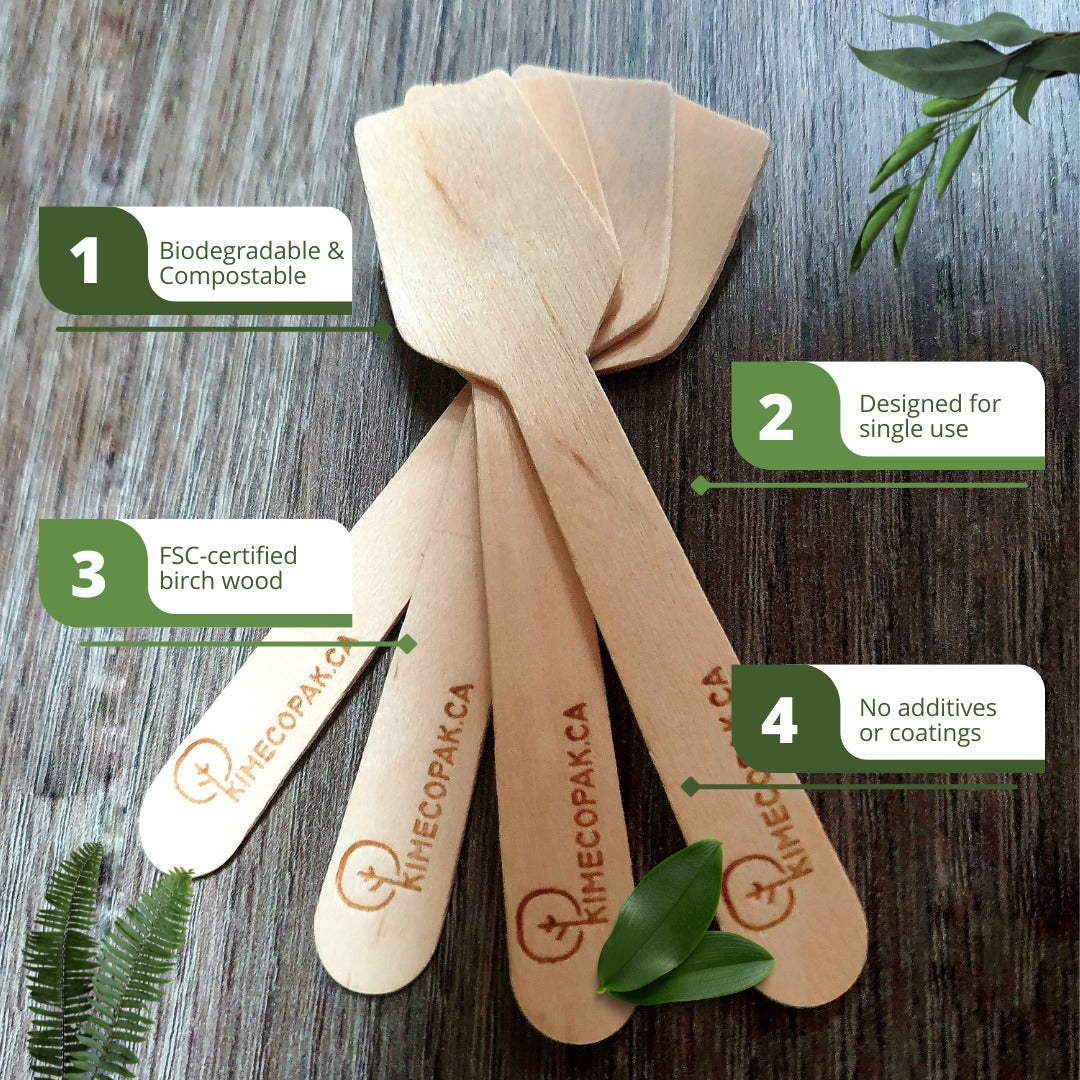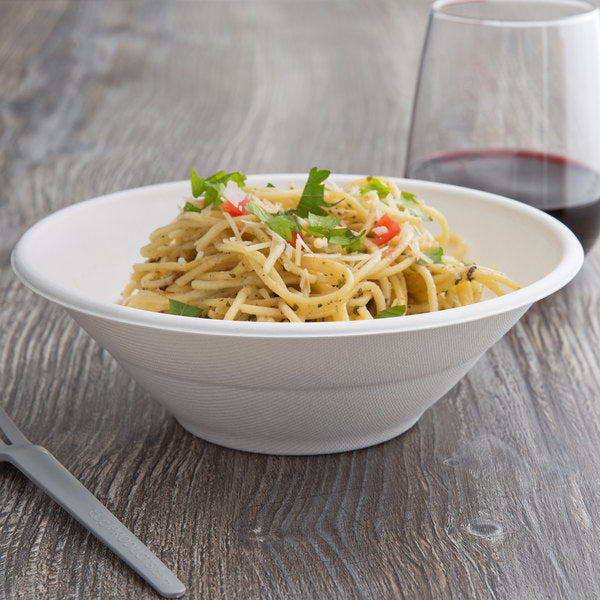Which is better, Tahitian or Madagascar vanilla beans? If you're choosing between these two aromatic powerhouses, understanding their differences in flavor, aroma, texture, and ideal use cases is key. This guide compares the origin, characteristics, and applications of each to help you pick the perfect vanilla for your culinary or commercial needs.
- History of Vanilla: From Sacred Origins to a Global Flavor Icon
- Types Of Vanilla Products. Which Type Of Vanilla Product You Should Use?
- How to Bottle Homemade Vanilla Extract for Gifts
What's the difference between Tahiti and Madagascar vanilla beans?

Madagascar Vanilla (Vanilla planifolia)
Madagascar vanilla, scientifically known as Vanilla planifolia, is the most widely cultivated and recognized vanilla variety in the world, accounting for approximately 80% of global vanilla production. Grown primarily on the island of Madagascar and surrounding regions such as Réunion and Comoros, this vanilla bean is often referred to as "Bourbon vanilla" (named after the former name of Réunion Island, Île Bourbon).
Madagascar vanilla is prized for its bold, rich, and classic vanilla flavor, which is largely attributed to its high vanillin content the key compound responsible for vanilla’s signature aroma and taste. This makes it the go-to choice for many bakers, chefs, and food manufacturers seeking a reliable and intense vanilla flavor. Its creamy, sweet, and slightly woody notes lend themselves well to a wide range of culinary applications, from baked goods and ice creams to sauces and beverages.
The beans themselves tend to be long, slender, and oily, with a dark brown to almost black color, indicating their high moisture and oil content. This oiliness contributes to their rich flavor and makes them highly sought after for both culinary and aromatic uses.
Tahitian Vanilla (Vanilla tahitensis)
Tahitian vanilla, or Vanilla tahitensis, is a distinct and more rare variety primarily cultivated in French Polynesia, especially on the islands of Tahiti and the Marquesas. Unlike Madagascar vanilla, Tahitian vanilla is a hybrid species, believed to be a natural cross between Vanilla planifolia and Vanilla odorata.
This variety is celebrated for its floral, fruity, and complex aroma profile, which sets it apart from the more straightforward, creamy notes of Madagascar vanilla. Tahitian vanilla beans have a lower concentration of vanillin compared to Madagascar beans, but they compensate with a richer array of other aromatic compounds such as heliotropin (which imparts a cherry-like scent), benzaldehyde (almond-like aroma), and various fruity esters. This complexity makes Tahitian vanilla especially popular in perfumery and gourmet culinary applications where subtle, nuanced flavors are desired.
Physically, Tahitian vanilla beans are generally shorter, plumper, and have a distinctive dark brown to purplish hue. They tend to be less oily but contain abundant vanilla “caviar” the tiny seeds inside the pod which adds a visually appealing texture and intense flavor burst when used in recipes.
Key Differences in Flavor and Aroma

This table below will help culinary professionals, home bakers, and commercial buyers choose the right vanilla bean based on flavor intensity, application, and budget considerations.
|
Aspect |
Madagascar Bourbon Vanilla Beans |
Tahitian Vanilla Beans |
|
Flavor Profile |
Bold, rich, creamy, sweet with notes of chocolate and caramel |
Light, floral, fruity with cherry and licorice undertones |
|
Aroma |
Strong, deep, classic vanilla scent |
Delicate, perfume-like, complex aroma |
|
Best Culinary Uses |
Ideal for baking: cakes, cookies, custards, ice cream |
Best for delicate recipes: panna cotta, white chocolate mousse, custards |
|
Commercial Use |
Widely used in commercial vanilla extract production |
Common in high-end perfumes, cosmetics, gourmet confections |
|
Texture & Appearance |
Long, slender, oily pods with high moisture content |
Shorter, plumper, softer pods with abundant vanilla seeds |
|
Price & Availability |
More abundant and affordable due to large-scale production |
Rarer and more expensive, considered premium and exotic |
|
Typical Applications |
Versatile: baking, desserts, sauces, savory dishes, infused sugars |
Specialty: luxury desserts, beverages, perfumes, cosmetics |
Sourcing and Authenticity

Madagascar Vanilla
Madagascar vanilla beans (Vanilla planifolia) are primarily grown in Madagascar, Réunion, and other Indian Ocean islands. The cultivation benefits from the region’s rich volcanic soil and tropical climate, which contribute to the beans’ distinctive flavor. Traditional sun-curing methods are used to develop the beans’ rich aroma and flavor profile. This curing process involves dipping freshly harvested green beans in hot water, sweating them wrapped in blankets, and slow sun-drying over several months to enhance vanillin content and aroma complexity. When purchasing, look for labels stating "Madagascar Bourbon Vanilla", which signifies authentic beans from this renowned region.
Tahitian Vanilla
Tahitian vanilla (Vanilla tahitensis) originates from French Polynesia, primarily Tahiti, and is also cultivated in Papua New Guinea. It is a special hybrid species, believed to be a cross between Vanilla planifolia and Vanilla odorata. Tahitian vanilla undergoes a unique post-harvest curing process that differs from Madagascar’s traditional methods. The process emphasizes preserving the bean’s floral and fruity aromatic compounds rather than maximizing vanillin content. This results in beans with a distinct fragrance and flavor profile. Authentic Tahitian vanilla beans are prized for their origin and curing, which contribute to their premium status.
Market Availability and Pricing
Madagascar Vanilla
Madagascar vanilla dominates the global market, making it more widely available and generally more affordable than other varieties. However, prices can fluctuate significantly due to factors such as harvest yields, weather conditions, and political stability in the region. Madagascar’s vanilla market is sensitive to these variables, which can cause periodic spikes in vanilla prices. Despite this, Madagascar vanilla remains the most accessible and popular choice for both commercial producers and home cooks seeking classic vanilla flavor.
Tahitian Vanilla
Tahitian vanilla is much scarcer due to its limited cultivation area and lower production volumes. This rarity, combined with its unique aromatic qualities, positions Tahitian vanilla as a premium, niche ingredient in the market. Its higher price reflects its exclusivity and the labor-intensive cultivation and curing processes. Tahitian vanilla is often sought after for specialty culinary uses, luxury perfumes, and cosmetic products where its delicate floral and fruity notes are highly valued.
Summary Table: Sourcing, Authenticity, Availability, and Pricing
|
Feature |
Madagascar Vanilla Beans |
Tahitian Vanilla Beans |
|
Origin |
Madagascar, Réunion, Indian Ocean islands |
French Polynesia (Tahiti), Papua New Guinea |
|
Species |
Vanilla planifolia |
Vanilla tahitensis (hybrid species) |
|
Curing Method |
Traditional sun-curing: dipping, sweating, sun-drying |
Unique post-harvest curing preserving floral notes |
|
Label to Look For |
"Madagascar Bourbon Vanilla" |
"Tahitian Vanilla" or origin-specific labeling |
|
Global Availability |
Widely available, largest share of global vanilla supply |
Limited production, rare and exclusive |
|
Price Range |
Generally more affordable, but fluctuates with harvest |
Higher-priced, premium niche ingredient |
|
Market Position |
Mainstream vanilla for baking, extracts, and food industry |
Luxury ingredient for gourmet foods, perfumes, cosmetics |
Which Vanilla is Right for You, Tahitian or Madagascar Vanilla Beans?

Choose Madagascar Vanilla if:
- You want a bold, rich, and familiar vanilla flavor.
- Your focus is on baking, ice cream, custards, or mass-market products requiring a classic vanilla taste.
- You prefer a widely available and generally more affordable option with versatile culinary uses.
Choose Tahitian Vanilla if:
- You seek a subtle, floral, and aromatic vanilla profile.
- You are crafting delicate desserts like panna cotta or white chocolate mousse, or creating beverages and cosmetic formulations where nuanced fragrance matters.
- You value exclusivity and are willing to invest in a premium, niche ingredient with a unique flavor complexity.
Selecting the right vanilla depends on your flavor preferences, recipe needs, and budget. Both varieties offer exceptional qualities that can elevate your culinary or commercial creations.
Frequently Asked Questions (FAQ)

Is Bourbon Vanilla the same as Madagascar Vanilla?
Yes, “Bourbon” refers to the island of Réunion (formerly Île Bourbon) where this vanilla was first grown outside Mexico. Madagascar Bourbon vanilla beans come from the same species (Vanilla planifolia) and share the classic rich, creamy flavor profile. The term “Bourbon” is geographical, not related to bourbon whiskey.
Can Tahitian Vanilla replace Madagascar in baking?
Not ideally. Tahitian vanilla has a delicate, floral, and fruity aroma that may be lost or diminished during baking, which often requires a stronger vanilla flavor. Madagascar vanilla’s bold and creamy profile is better suited for baked goods where vanilla is a prominent flavor.
How do you properly store vanilla beans?
Store vanilla beans in an airtight container in a cool, dark place to preserve their moisture and aroma. Avoid refrigeration or freezing, as cold temperatures can cause condensation and mold growth, damaging the beans.
Conclusion
When it comes to deciding which is better, Tahitian or Madagascar vanilla beans, it all depends on your intended use. Madagascar vanilla is bold, creamy, and versatile ideal for baking and everyday cooking. Tahitian vanilla offers a delicate, floral complexity perfect for gourmet desserts, perfumes, and high-end creations. Each bean brings unique value, and the best choice lies in your flavor goals and budget.
Related:







